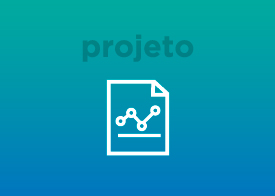Sensores Remotos Embarcados Para Inspeção e Geração de Modelos 3D Realísticos de Rodovias
Descrição: Este projeto visa inovar e automatizar a metodologia na geração de modelos 3D de rodovias sob uma visão de desenvolvimento tecnológico introduzindo o conceito de inspeção remota em escritório. Nós utilizaremos sensores remotos embarcados (Laser Scanners e sensores multiespectrais) em um Veículo Aéreo Não Tripulado - VANT para mapear alguns trechos de rodovias para [...]


